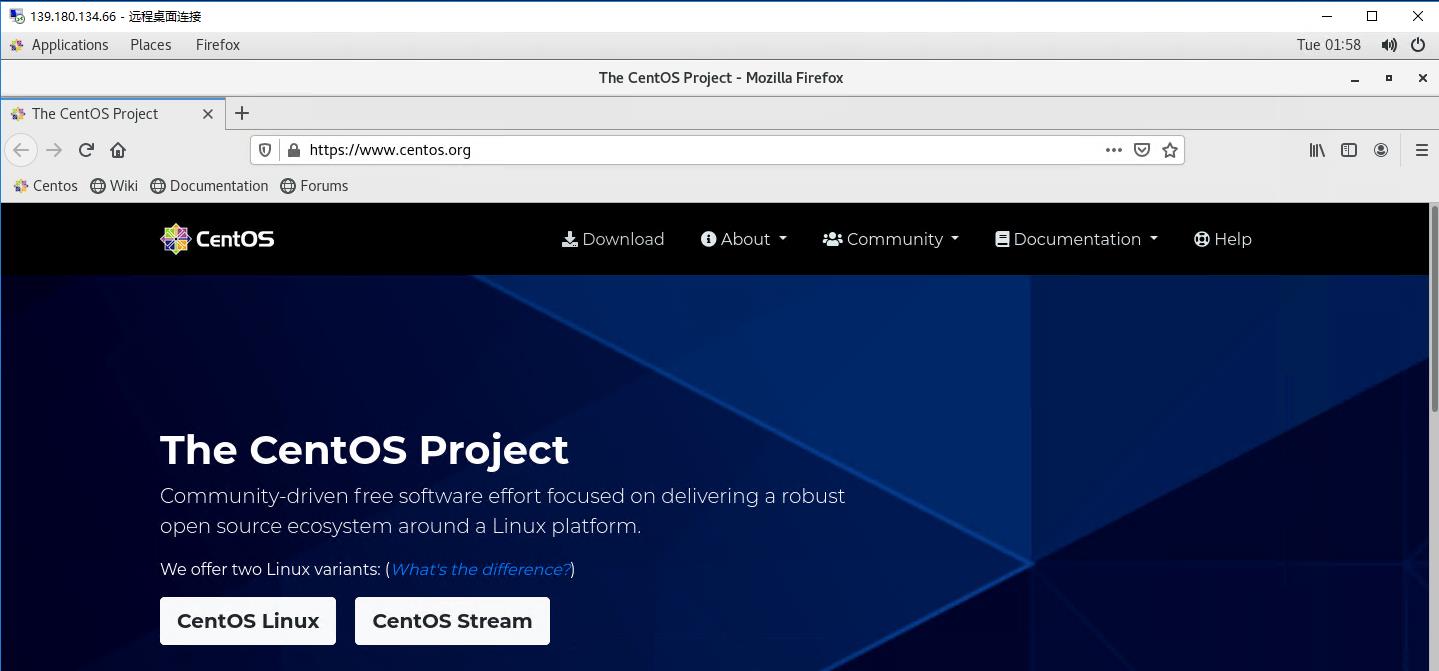Remote Desktop Protocol (RDP) is a protocol developed by Microsoft that allows for a graphical connection to another computer over a network. RDP supports encryption, remote audio, and the loading of local drivers. xrdp is an open-source RDP project that runs on the Linux operating system. This guide explains how to install a graphical interface and xrdp on a Linux cloud server, detailing the steps for both Ubuntu 20.04 and CentOS 7 operating systems. These instructions can be adapted for other operating systems as well. Note: It is recommended to have at least 2GB of system memory when using a Linux graphical interface.
Update the operating system and reboot:
apt update && apt upgrade
rebootInstall tasksel and ubuntu-desktop, then reboot:
apt install tasksel
tasksel install ubuntu-desktop
rebootInstall xrdp:
apt install xrdpOptionally change the default remote port from 3389:
sed -i 's/3389/13389/g' /etc/xrdp/xrdp.iniIf a firewall is enabled, set up the remote port in the firewall settings:
ufw allow 13389Use Windows Remote Desktop Connection tool to log in with the root username and password.

Begin using various applications like the Firefox browser.

Update the operating system and reboot:
yum update
rebootInstall GNOME Desktop, then reboot:
yum -y groups install "GNOME Desktop"
rebootInstall xrdp:
yum install epel-release
yum install xrdp
systemctl start xrdpOptionally change the default remote port from 3389:
sed -i 's/3389/13389/g' /etc/xrdp/xrdp.ini
systemctl restart xrdpIf a firewall is enabled, set up the remote port in the firewall settings:
firewall-cmd --permanent --add-port=13389/tcp
firewall-cmd --reloadUse Windows Remote Desktop Connection tool to log in with the root username and password.

23-02-2024 02:02:07
22-02-2024 03:19:32
22-02-2024 03:16:03
22-02-2024 03:14:03
22-02-2024 03:11:58